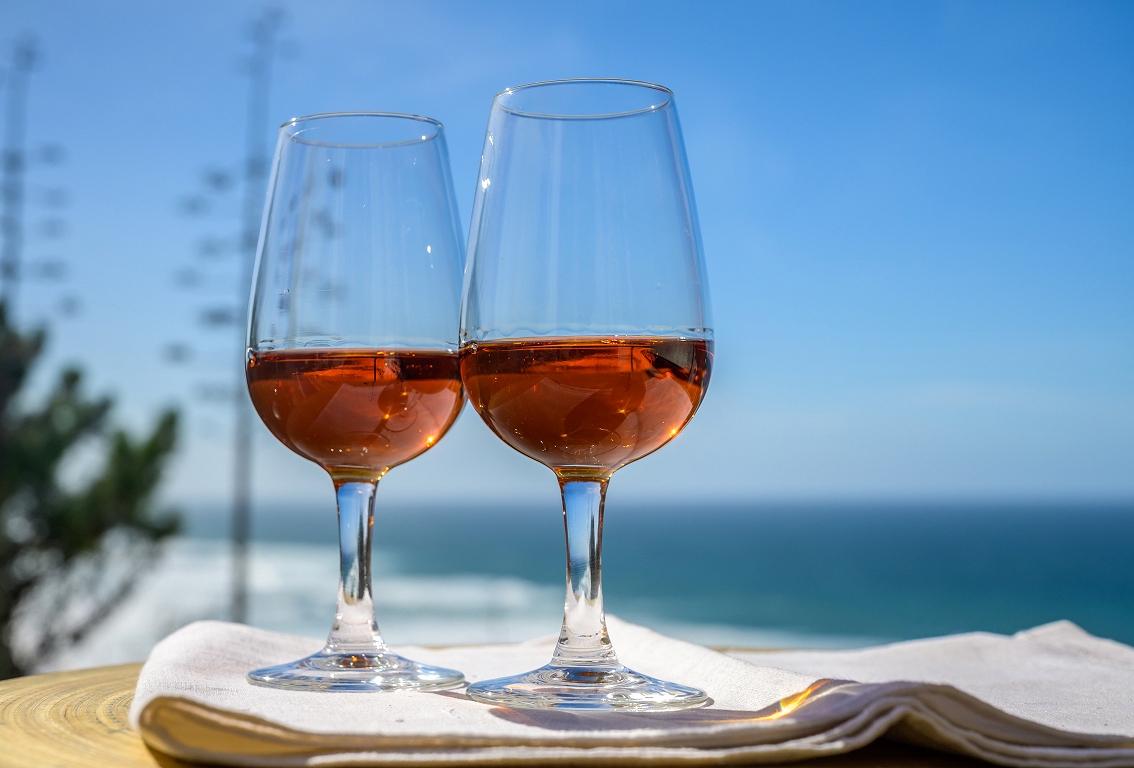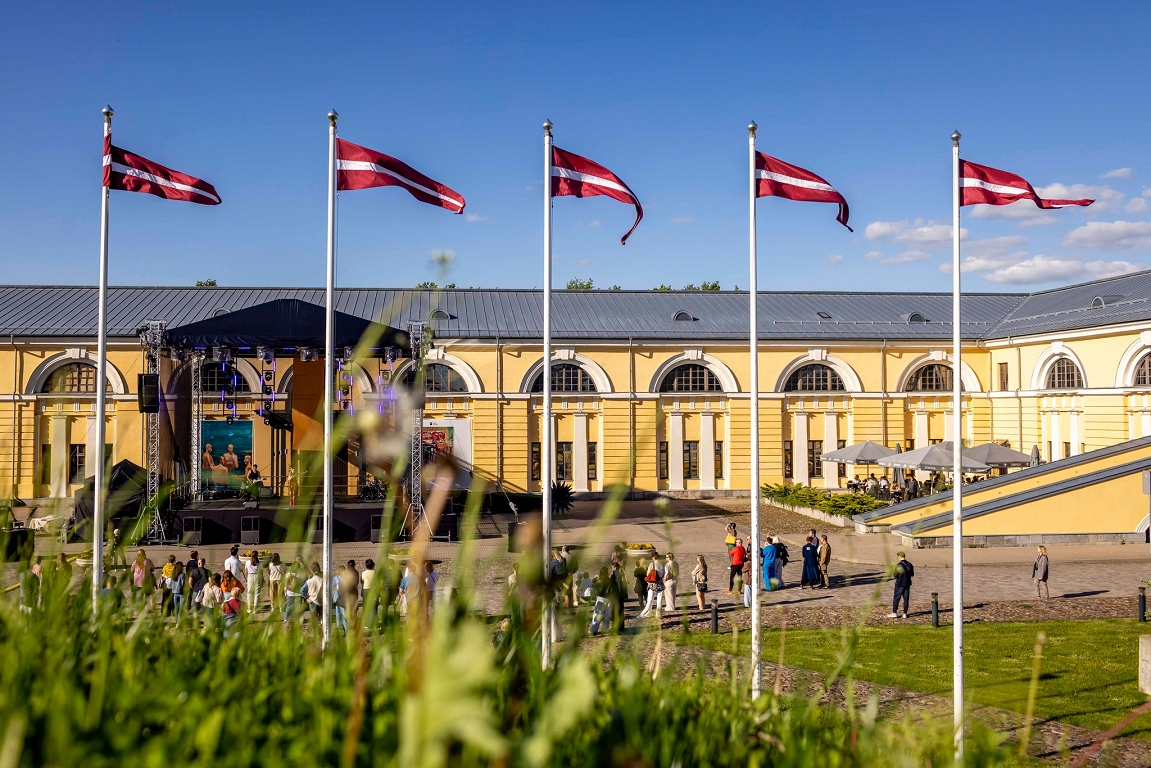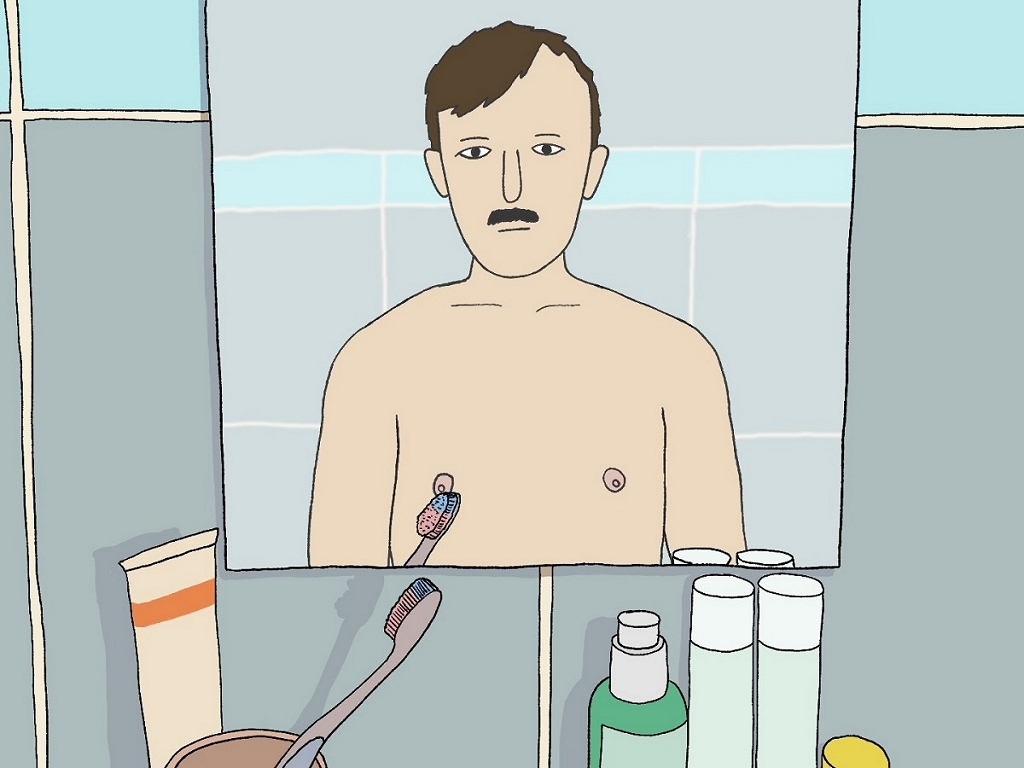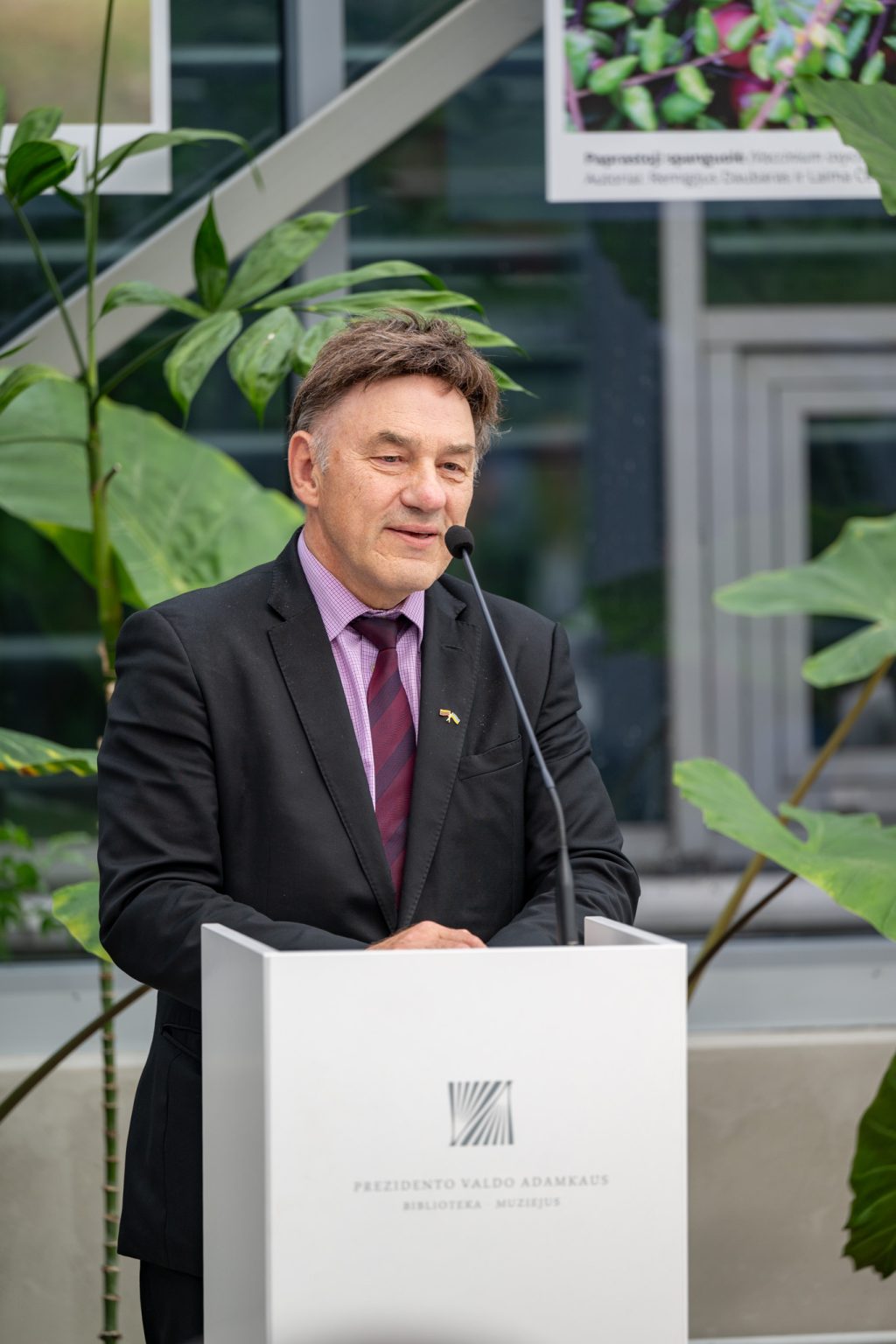Madeira wine / day

Climate impact
Madeira wine is one of the world's most outstanding fortified wines. Its taste is characterized by a combination of caramel, nuts, spices and fresh citrus.
Madeira is an island of volcanic origin, located in the Atlantic Ocean, which determines its wet, moderately hot subtropical climate. Combined with fertile volcanic soil in Madeira, there are ideal conditions for grape growing. These natural factors make sure that Madeira wine acquires the characteristic acidity, which balances the sweetness and the rich bouquet of taste.
The varieties used
In such a climate, many grape varieties feel well, but four are the most famous and at the same time describe the types of Madeira wine.
'Sercial' – gives the driest and easiest Madeira wine with high acidity and citrus notes.
From the Verdelho grapes comes a half -dry wine with pronounced spice and honey nuances.
Boar ((Boo) There is a half -table wine with rich caramel, dried fruit and nuts.
Malmssey ((Malvasia) – The sweetest and most complete Madeira wine with dark chocolate, coffee and honey.
Ancient history
It began in the 15th century, when the Portuguese sailors took this wine along with sea trips because it had a long shelf life. There is a legend that Madeira's wine got its unique taste when barrels with wine on the equatorial road were taken to India and back. During the trip, the wine was subjected to high temperatures and oxidation, which made it very rich and caramelized.
In the 18th century, Madeira wine became popular in the US. Another legend says it was even used in the solemn signing of the Declaration of Independence.
The nuances of doing
Madeira wine is made from the above grape varieties. They are harvested relatively early to provide sufficient acidity for the wine balance.
The grapes are compressed by squeezing the juice, followed by a fermentation process in which sugar is converted into alcohol. This process is monitored to maintain the desired sugar level and acidity.
When the fermentation is complete, the wine is strengthened by adding brandy to increase the alcohol content, maintaining natural sweetness, quality and stability.
Long storage
Next is the most important process by which Madeira wine differs from other fortified wines – heating. The wine is subjected to high -temperature treatment – it is imitated by ancient tropical tropics.
There are two main methods for heating wine. By the first method (Estufagem) Wine is heated in tanks at 45-50 degrees for 3-6 months. By the other method (Canteiro) Wine is aged in oak barrels in a naturally warm environment for several years – it provides higher quality.
During heating or heating, the wine oxidizes, thus obtaining the characteristic taste – nuts, caramel and spice notes, even smoke tones. At the same time, this process makes wine very durable and can be stored for years without damaging.
After heating, the wine is filled in ripening tanks to develop and get a fuller taste. The maturation process can last from a couple of years to decades, depending on the type of wine and the desired taste.
Finally, the wine is released from the precipitate and bottled.
How to enjoy?
Madeira wine can be both dry and sweet. It is important to serve it at the right temperature to fully enjoy its aromas and taste nuances.
Dry -style wine (Sercial, Verdelho) Cool to 10-14 degrees before serving dry white wine.
Half -sweet and sweet style (Bual, Malmssey) The wine is served at 14-18 degrees or at room temperature or lightly cooled.
Too cold wine can suppress its taste, but too warm may seem too bright or heavy.
To fully evaluate the aroma of wine, it is best to enjoy it from tulip wine glasses (similar to those used for Sherry or Port Vinus) or small white wine glasses if you enjoy it as an aperitif.
Madeira wine most often enjoys pure form to fully appreciate its rich taste and complex structure. However, it can also be used as a cocktail ingredient, such as as a substitute for vermouth or sherie.






/s3/static.nrc.nl/wp-content/uploads/2025/06/07043854/ANP-426099410.jpg)